Mahmoud Al-Hakim designed the Nubian Museum built on a hillside at Aswan in Upper Egypt. Perching on huge rocks, this archeological museum is a spectacular sight. Public spaces and gardens surround the building which has several sections. The presence of artificial waterfalls and lakes adds to the glamour of the museum.
In 1997, the Nubian Museum opened to the public. It presents the art, history, and culture of Nubia to visitors. The land of Nubia existed between Aswan, Upper Egypt, and Sudan. Unfortunately, the construction of the Aswan High Dam led to the submersion of the area. It forced the inhabitants to relocate.
The rise in the level of the River Nile posed a danger to Nubia monuments. The artifacts were located to preserve them. Some of these treasures are displayed in the Nubia Museum. Though some of the monuments are at other sites in Egypt, some were shipped to foreign countries.
If you want to learn about the Nubia culture and history, visit the Nubian Museum through our Aswan tours to get the needed information. It showcases ancient artifacts from different periods chronologically displayed. Written explanations beneath the exhibits give visitors a better understanding of Nubian history. You will find a tour of the museum interesting and informative.
At the Nubia Museum
The garden is the first attraction at the Nubian Museum. Cultivated wild plants grow in that area. Also, it hosts historical rocks and statues. Some of the figures are dedicated to the ancient gods of Nubia. Also, some artificial waterfalls and lakes demonstrate the flow of the Nile River into the historic Nubia lands.
A theatre at the museum shows Nubian dances, allowing visitors to view the unique Nubian culture. Also, there is a cave with ancient carvings on its walls. The building of the museum is divided into sections. They are the visitors’ reception hall, exhibition halls, the information center, the culture activities center, and a library.
The antiquities at the museum belong to different periods. While some artifacts are from pre-historic times, some represent Aswan history. Others dated back to the Pharaonic era, Coptic age, Islamic era, and Nubian period. Underneath each exhibit displayed in the museum is a written description in English and Arabic.
A tour of the archeological museum starts with Nubian artifacts dated back to 3500BC. A decorated vessel created from an ostrich egg and a bone comb are the significant antiquities in the first section. The handle of the bone comb has two giraffes carved on it. The next area showcases the relationship between the Nubian people and the Southern Egyptians.
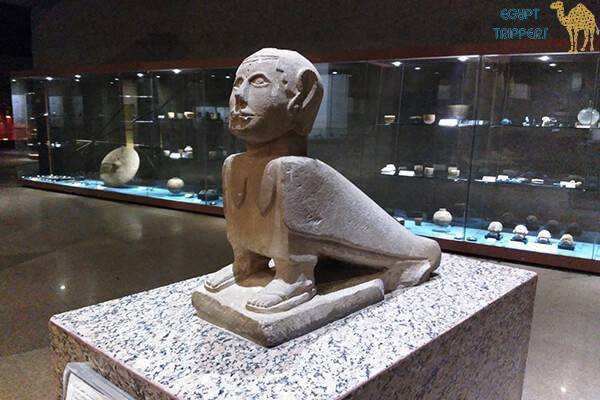
The exhibits in this section revealed that a trading center existed on Elephant Island. The people traded on ivory, raw materials, and wood. Displayed in this section is a cosmetic palette made out of polished quart. The artifact was used for grinding galena powder for eye makeup. Another important exhibit is a vessel with a rowing boat of multiple oars, undulating lines representing water, and ostriches as its decorations.
The third section gives an insight into the civilization that began in Nubia. The tribes that initiated the civilization weren’t known. However, it took place after the pyramid building period or the Sixth Pharaonic Dynasty. An inscribed ‘basket’ pottery and a female figurine are some of the artifacts in this section.
During the civilization era, the Nubia people got free of Egyptian domination. They created their own culture and language. Their language was transformed into the Meroitic language. Exhibits that are related to this period include a Meroitic offering table with Meroitic writing and Kerma Culture’s tulip pots.
There are also statues of:
- Amenardis, a Nubian Princess and the first holder of the title “Divine Wife of Amun”
- Harawa, Amenardis Great Steward
- King Taharqa with Kushite cap crown on his head
The next area of display showcases Nubia during the reign of the Ptolemies and Romans. They ruled during the Meroitic civilization. Later, the Nubia people started the Ballana civilization when they moved north in search of better means of livelihood. The Ballana culture, a combination of various traditions, is regarded as the most successful Nubian culture.
The Ballana section displays a pigeon-shaped oil lamp, two silver bracelets with lion head-decorated ends, and silver diadems. There are also a decorated lion-shaped incense burner and a kind of backgammon gaming board. The third-century gaming board has 15 ebony and 15 ivory pieces.
Christianity and Islam also affected Nubian arts. Displayed Christian exhibits include a Coptic wooden cross and prayer book, and a Byzantine-style fresco. There is also a piece of linen veil showing a human face. The area displays a Mamluk period’s water vessel, and a child’s tunic and tombstone from the Fatimid period.
The last section of the displays presents the modern Nubia people. Exhibits in this section include Nubian handicrafts, a forehead chain worn by Nubians, the Bey necklace, anklets, and a pendant. Nubia has a rich and unique culture. A visit to the Nubian Museum will take through its history and traditions.
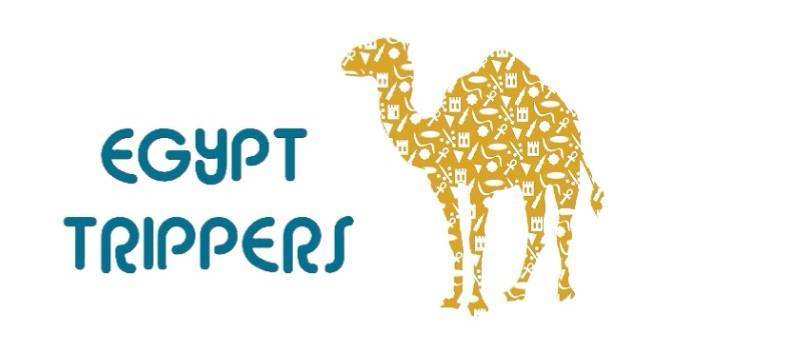
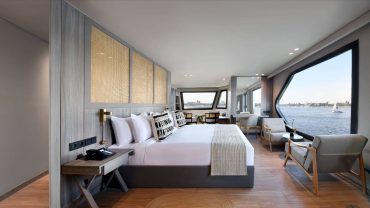
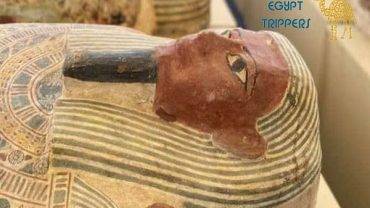
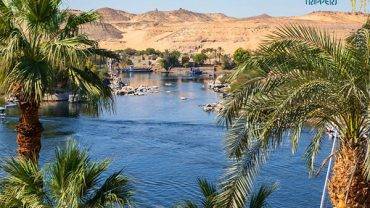
Comment (0)